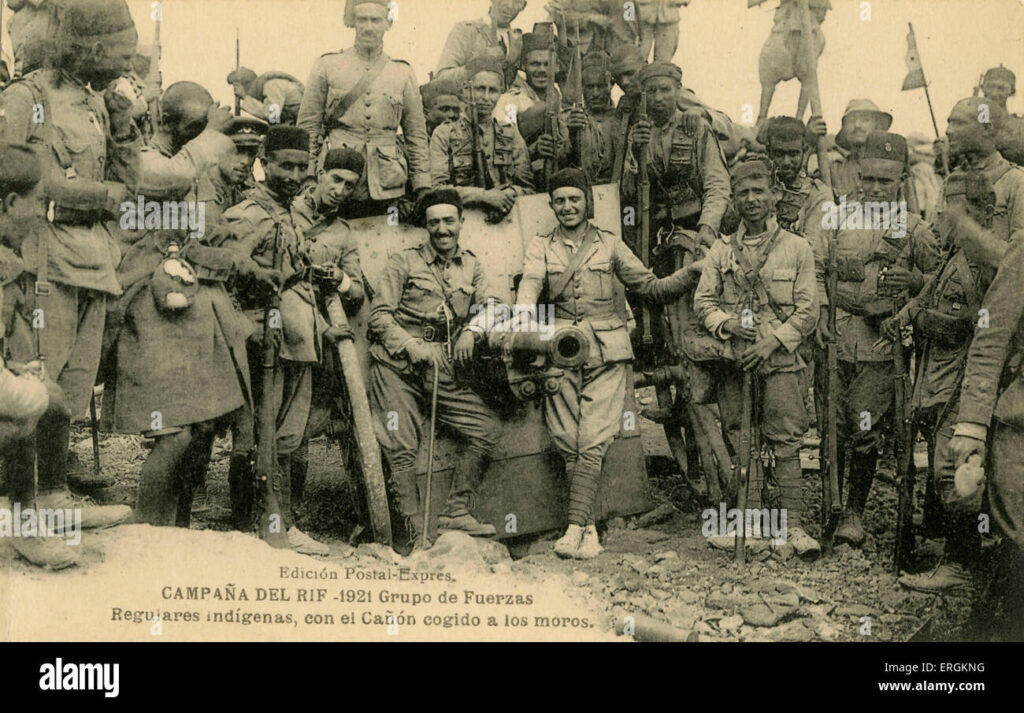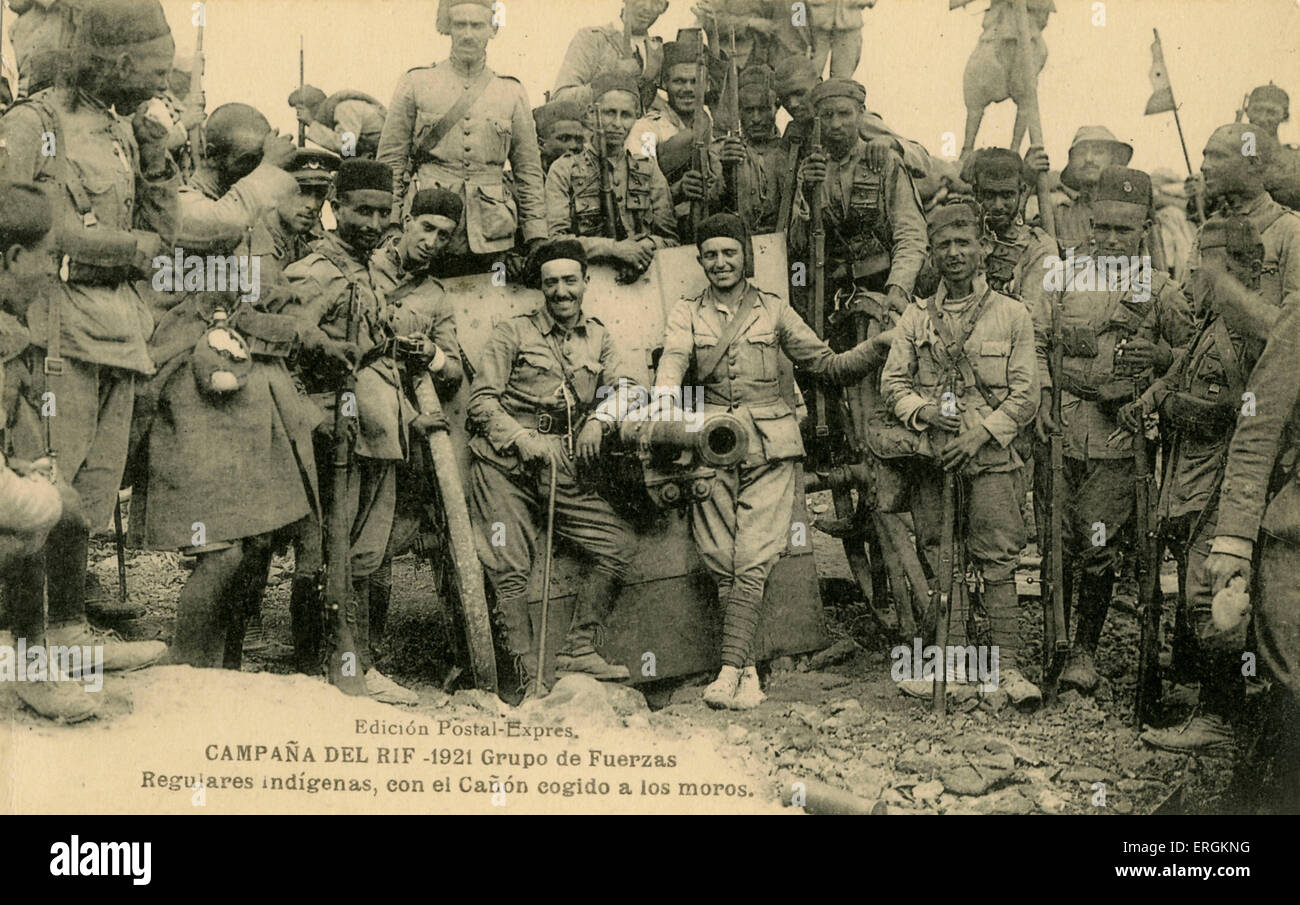
Spanish Firearms in the 1920s: A Decade of Innovation and Turmoil
The 1920s were a transformative period for Spain, marked by social unrest, political instability, and significant advancements in industrial technology. This tumultuous decade also witnessed notable developments in Spanish firearms manufacturing and design. This article delves into the key aspects of Spanish firearms production during the 1920s, examining the prominent manufacturers, technological innovations, and the impact of these weapons on both domestic and international landscapes.
The Landscape of Spanish Firearms Manufacturing
The 1920s saw a consolidation and modernization of the Spanish firearms industry. Several key players dominated the market, each contributing to the evolution of weaponry. Eibar, a town in the Basque Country, remained the epicenter of Spanish firearms production, hosting numerous workshops and factories. These ranged from small, family-run businesses to larger, more industrialized operations.
- Astra-Unceta y Cia: Known primarily for their pistols, Astra emerged as a leading manufacturer during this period. Their pistols, particularly the Astra 400, gained international recognition for their reliability and innovative design.
- Gabilondo y Urresti (Ruby Pistols): While already established, Gabilondo continued producing Ruby-type pistols, which were widely distributed during and after World War I. Though often associated with questionable quality control in wartime production, they remained a significant part of the market.
- Star Bonifacio Echeverria, S.A.: Star, another major Eibar-based manufacturer, produced a variety of pistols and submachine guns. Their products were known for their robust construction and were often favored by law enforcement and military forces.
Technological Innovations in Spanish Firearms
The 1920s were a time of significant technological advancement in Spanish firearms. Manufacturers focused on improving existing designs and developing new models to meet the demands of both domestic and international markets. Automatic pistol designs saw considerable refinement.
Pistol Development
The Astra 400, introduced in 1921, was a groundbreaking design that could chamber 9mm Largo, .38 ACP, and even 9mm Parabellum rounds. This versatility made it highly desirable. Star Bonifacio Echeverria also introduced several successful pistol models, including variations of the Colt 1911 design, catering to different market segments. They also focused on improving safety mechanisms and overall reliability of their pistols. [See also: History of Astra Firearms]
Submachine Guns
While pistols were the primary focus, the 1920s also saw the initial development of submachine guns in Spain. Although not as widespread as pistols, these early submachine guns represented a significant step towards modern warfare technology. These early models often drew inspiration from German designs but incorporated unique Spanish features and manufacturing techniques. The development of these weapons reflected a growing awareness of the potential for rapid-firing, close-quarters combat weapons. The rise of urban unrest and labor disputes also fueled the demand for such arms among law enforcement agencies.
The Impact of Spanish Firearms on Domestic and International Markets
Spanish firearms played a significant role in both domestic and international markets during the 1920s. The demand for firearms within Spain was driven by a combination of factors, including political instability, social unrest, and the need for law enforcement to maintain order. Internationally, Spanish firearms were exported to various countries, contributing to Spain’s economic growth and influence.
Domestic Use
The political climate in Spain during the 1920s was characterized by instability and social unrest. Labor disputes, political assassinations, and regional conflicts created a high demand for firearms among various factions. Law enforcement agencies relied heavily on Spanish firearms to maintain order and suppress dissent. Private citizens also purchased firearms for self-defense, reflecting the widespread sense of insecurity. The availability of Spanish firearms contributed to the escalation of conflicts and the overall atmosphere of tension.
International Trade
Spanish firearms were exported to numerous countries during the 1920s, particularly to Latin America and Asia. These exports contributed significantly to Spain’s economy and helped to establish the country as a major player in the global arms trade. The quality and affordability of Spanish firearms made them attractive to countries seeking to equip their military and police forces. However, this trade also fueled conflicts and instability in some regions. The Ruby pistol, though of questionable quality in some wartime iterations, was widely distributed and saw use across the globe. The reputation of Spanish firearms grew internationally, both positively and negatively, depending on their application. [See also: Spanish Gun Exports in the Interwar Period]
The Legacy of Spanish Firearms in the 1920s
The Spanish firearms industry of the 1920s left a lasting legacy. The technological innovations and manufacturing techniques developed during this period laid the foundation for future advancements in weaponry. The prominent manufacturers of the 1920s, such as Astra and Star, continued to thrive in subsequent decades, producing a wide range of firearms for both domestic and international markets. The impact of Spanish firearms on domestic and international conflicts during this era is undeniable. They were tools of both order and chaos, reflecting the complex and turbulent nature of the times. The development and proliferation of Spanish firearms during the 1920s also had a significant impact on the evolution of warfare and law enforcement tactics. The increased availability of automatic pistols and submachine guns transformed the dynamics of combat, leading to new strategies and training methods. The Spanish firearms of this era serve as a reminder of the enduring relationship between technology, society, and conflict. The innovations of the 1920s shaped the future of Spanish firearms design and manufacturing, leaving a lasting impact on the global arms landscape.
Conclusion
The 1920s were a pivotal decade for Spanish firearms. The industry experienced significant growth and innovation, driven by both domestic demand and international trade. Prominent manufacturers like Astra and Star emerged as key players, producing a range of pistols and submachine guns that gained widespread recognition. The impact of these weapons on both domestic and international conflicts was profound, reflecting the complex and turbulent nature of the era. The legacy of Spanish firearms in the 1920s continues to resonate today, shaping the evolution of weaponry and the dynamics of conflict. The history of Spanish firearms in this decade provides valuable insights into the intersection of technology, society, and the global arms trade. The development of Spanish firearms during the 1920s was a complex process influenced by a variety of factors, including technological advancements, political instability, and economic opportunities. The Spanish firearms of the 1920s represent a significant chapter in the history of weaponry, reflecting the ingenuity and challenges of a transformative era. The evolution of Spanish firearms during this period is a testament to the adaptability and resilience of the industry in the face of changing circumstances. The Spanish firearms industry in the 1920s played a crucial role in shaping the landscape of both domestic and international conflicts.

